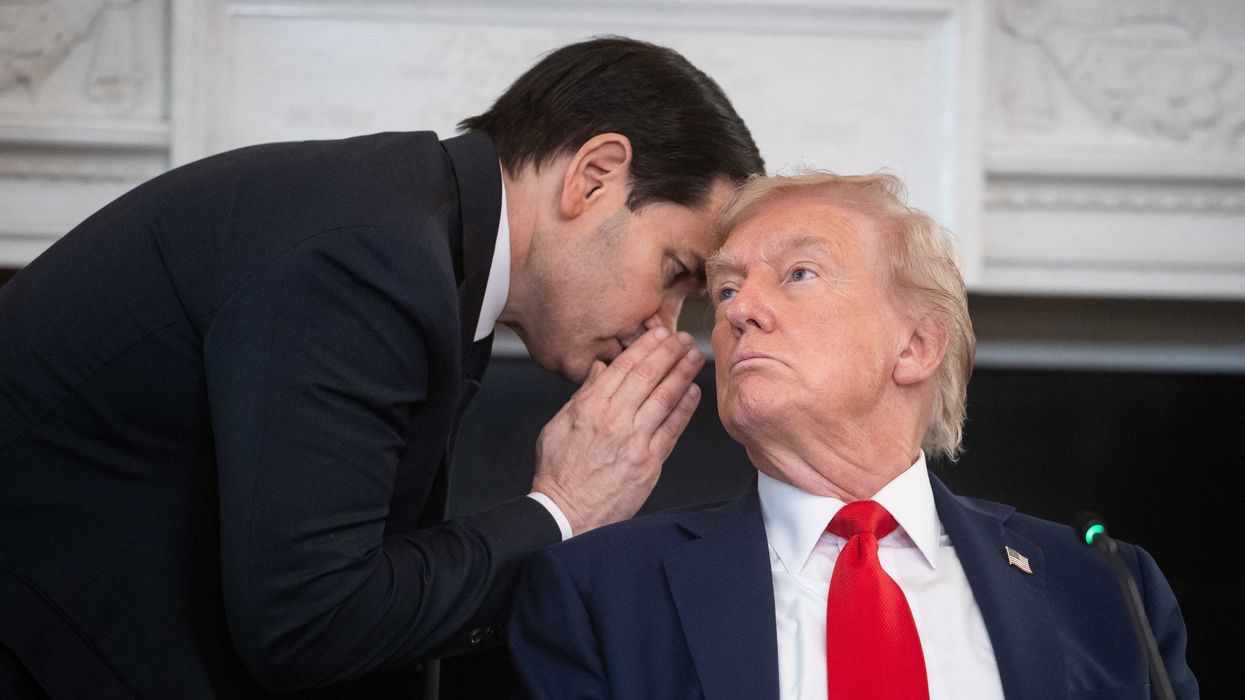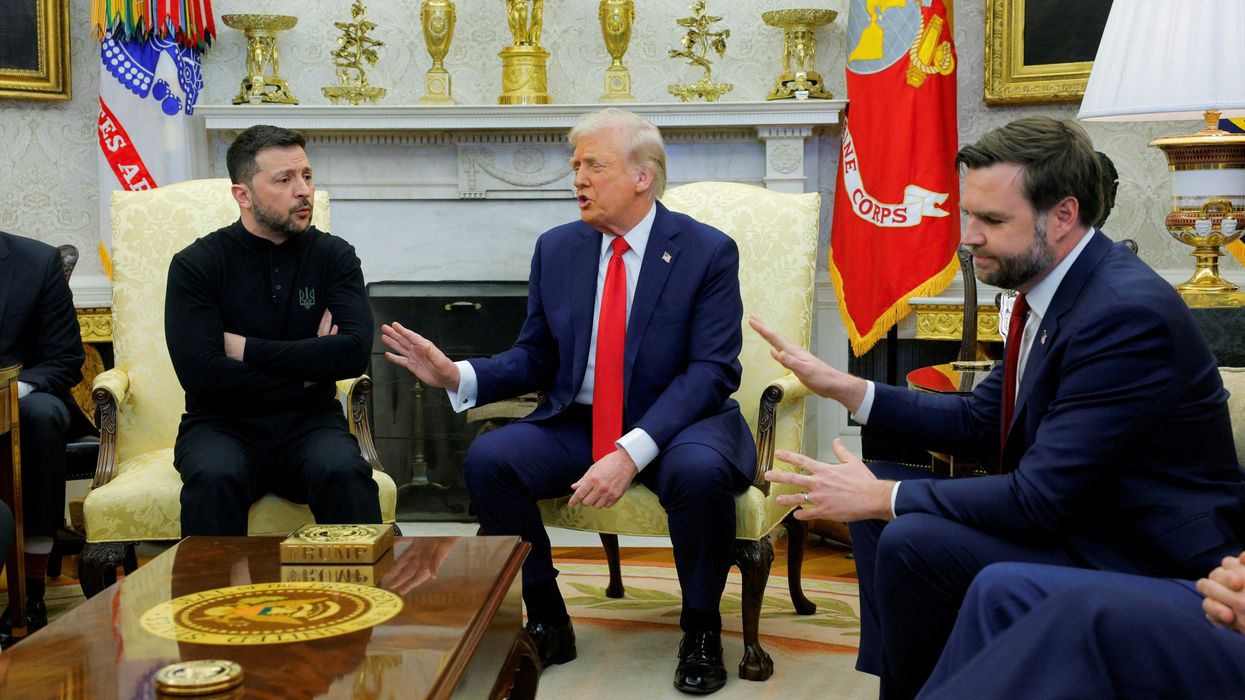On August 8, the Biden administration launched its Africa Strategy, amid trips to the continent by Secretary of State Antony Blinken and U.S. Ambassador to the United Nations Linda Thomas-Greenfield. However, the strategy document lacks new ideas and basically restates the Obama administration’s 2012 strategy.
The authors frame Africa in the context of what is by now boilerplate language about a perceived values-based struggle with China and Russia. The authors also — although they give counterterrorism relatively little weight in the top-line objectives — suggest in the body of the text that Africa’s version of the “War on Terror” will continue unabated.
Already, when it comes to China and Russia, administration officials are not getting the kinds of responses they might like from African leaders. Blinken, in a speech this week laying out the Africa strategy to an audience in Pretoria, South Africa, said that “the United States and the world will look to African nations to defend the rules of the international system that they’ve done so much to shape” — and specifically mentioned Ukraine.
Yet even a long-time U.S. ally such as Uganda’s President Yoweri Museveni publicly told Thomas-Greenfield, on her visit there, that he is non-aligned: “If you really want to help the third world, why don’t you leave the third world out of a conflict where we are not participating?” Museveni does not speak for all African leaders, yet alone all Africans, but he is far from unusual in holding such attitudes.
The travel agendas of Blinken and Thomas-Greenfield also highlight the gap between rhetoric and reality for the Biden administration and indeed every administration in Washington when it comes to Africa. Each president chooses to partner with “presidents-for-life” on the continent whose record contrasts starkly with the “open societies,” to use the Biden administration’s language, that Washington claims to support.
Uganda’s Museveni has been in power since 1986. Rwanda, Blinken’s final stop, has a president who has been in power since 1994. Both Museveni and Rwanda’s Paul Kagame have been credibly accused of ordering serious abuses against their political opponents, up to and including the assassinations of Rwandan dissidents outside the country. Officials in the White House and at Foggy Bottom cannot be ignorant of these facts, which gives the “all of the above” flavor of the strategy document an air of cynicism; some parts of the document are seemingly meant to be taken more seriously than others. African leaders get that: any American administration might encourage the existing democracies on the continent, but no administration will undercut authoritarian allies.
Turning to counterterrorism, the strategy document buries the relevant section deep in the text, but the language is open-ended: “The United States will prioritize counterterrorism (CT) resources to reduce the threat from terrorist groups to the U.S. Homeland, persons, and diplomatic and military facilities, directing unilateral capability only where lawful and where the threat is most acute.” This sentence leaves room for interpretation. U.S. policymakers and military officials have not hesitated to argue that militants around the world, including in Africa (especially Somalia), pose threats to the United States or its overseas personnel and facilities.
Meanwhile, some of those U.S. personnel are deployed overseas precisely to fight perceived militant threats, making them targets for militants (as occurred in Niger in a 2017 ambush against U.S. troops) and thereby creating a self-perpetuating cycle.
The administration’s document goes on to say: “We will primarily work by, with, and through African partners, in coordination with our key allies, on a bilateral and multilateral basis to achieve shared CT objectives and promote civilian-led, non-kinetic approaches where possible and effective.” This language, too, is familiar and vague. After all, “by, with, and through” can include major military operations.
The document contains little critical assessment of the past, even in a section entitled “reflections on three decades of U.S. policy.” That section includes the following line: “The U.S. CT approach has removed high-value targets, disrupted plots to attack our interests, and invested in the civilian and military capacity of key partners to degrade the threat, but the threat posed by terrorism and other forms of violent extremism continues to demand our attention.”
The authors declined to pursue the obvious question — why did the past approach, which is being carried over into the future — not work? Instead, the section closes by filing this and other policy failures under “historical achievements and current challenges.” Relatedly, the document offers few metrics for gauging success. How will the Biden administration know if the strategy is working? And if they cannot measure success, then “strategy” will give way to inertia.
Even in an era where “great power competition” is supposedly displacing the “War on Terror” as the master framework for foreign policy, Washington continues to view many developments in Africa through an overly CT-focused lens. As the administration rolls out the strategy, one of Thomas-Greenfield’s stops was Ghana, a country with a strong democracy and relative prosperity. Yet now Ghana, like three other countries in coastal West Africa — Cote d’Ivoire, Togo, and Benin — faces threats of militancy, both as spillover from their conflict-stricken neighbor to the north, Burkina Faso, and from local tensions that may give militants room to recruit.
Those local tensions, however, are delicate, varied, complex, and political. There is no guarantee that even national authorities will foresee and forestall emerging linkages between, for example, (a) long-running conflicts over land, chieftaincies, and political power, and (b) the potential for militants to present themselves as champions of the constituency that feels slighted. Moreover, accusing any particular group of being actual or potential militants can create another kind of self-fulfilling prophecy. Again and again, authorities and soldiers in Mali and Burkina Faso blundered when confronted with this dynamic, and every step towards securitizing local politics made things worse.
All this becomes background for understanding why it was unwise for Thomas-Greenfield to even visit northern Ghana, let alone for her to shine a spotlight on precisely the local conflicts that are now under intense scrutiny. How must this appear to people in the northern regions of these West African coastal states, who face new waves of ethnic stereotyping, militarized borders, and collective punishment by soldiers and police? The idea that a superpower is keeping tabs on who becomes chief in your town, and may brand you a terrorist if you don’t like the outcome, is going to make people paranoid and angry.
There is a refrain that Washington repeats, especially every time one of these strategies is released, about how the United States considers African countries “partners” and not subordinates. Yet there is always a “but” or an “at the same time.” U.S. Africa policy ultimately remains over militarized and deeply hypocritical, however deep the language on counterterrorism is buried and however much the conflict with Russia and China is portrayed as a conflict of values, rather than one of interests.
















